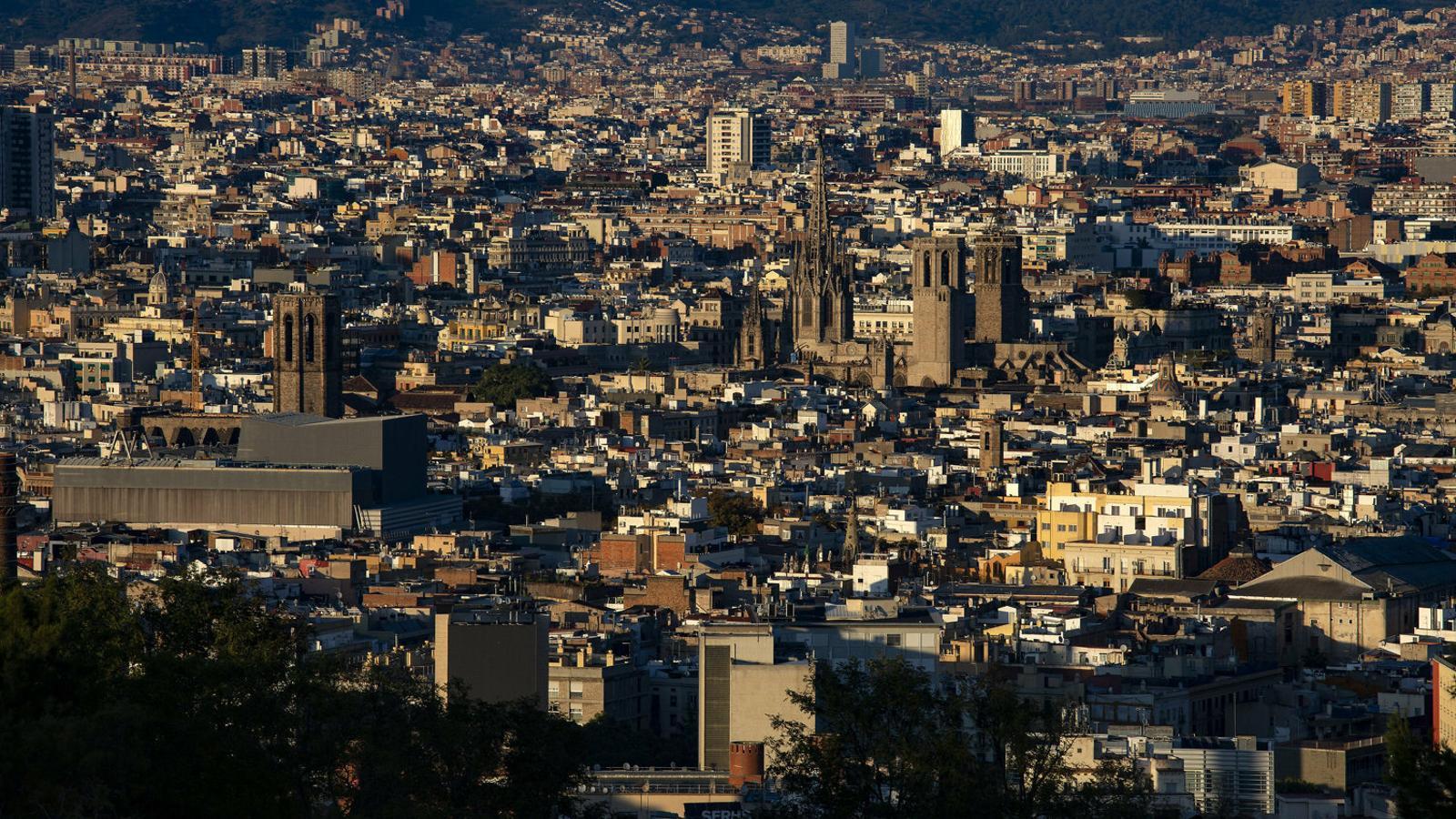From domes to balconies


Why are grand plans announced and then it's so hard to see any tangible impact on the city? Why are so many people registered on the Affordable Housing Applicant Registry, and only a very few lucky ones are eligible? The College of Architects has presented its analysis of building permits for the first half of 2025 and puts it in black and white: of the total of 8,107 new homes approved by the COAC (Council of Architects), only 1,453 are social housing, with a decrease of 18.6% in the housing surface area approved. In Barcelona city, of the total of 833 new homes approved, half (465) are social housing, distributed across twelve projects. In recent years, several cities have focused on the housing emergency, but it's still difficult to capitalize on the housing effort. And because it's a slow process, those responsible end up throwing in the towel and clinging to strategic projects that only require a render or a model are much more communicable.
This is partly because, culturally, we still associate political projects with monumentality (the bigger and more iconic, the better), and partly because it's politically difficult to capitalize on housing efforts; what's currently in the planning stage won't be officially handed over for a couple of terms. Unfortunately, most mayors (and most of the media) still prefer the logic of cutting red ribbons around a facility or square, rather than organizing access to housing through a difficult and necessarily abstract plan.
The first reason, then, has to do with how we have historically interpreted what is important in cities. These summer days, tourists can be seen in every church and cathedral in any city in Europe, because temples are the visible legacy of what previous generations have bequeathed to us. Since the Middle Ages, many families have donated land, art, and money to the Church: some out of conviction and others out of fear of dying and falling into eternal disgrace. Individuals, when making a will or disposing of property, bequeathed it to the religious authorities of the city: in this way, the Church's possessions over the centuries have become central, and great architectural works such as cathedrals, churches, convents, and even hospitals have been promoted.
The scenery of the cities we have inherited draws on this tradition, and we guide summer visits following the perspectives of the bell towers or the domes that protrude from the rooftops. The Church has historically been the one who centralized the means to create large collective spaces and has never skimped on material resources. But the city isn't made up of monuments alone, and at the current rate, we'll have to travel many kilometers by train every day to visit them from the new residential outskirts.
Since we walk through cities every day that have a fairly similar shape, which follow a very specific historical logic, it's difficult for us to think of new ways to promote public land ownership that belongs to the citizens. Since the end of the dictatorship, municipalities have promoted facilities (libraries, theaters, cinemas, police stations, CAPs, etc.) and have invested millions of euros in paving streets and "monumentalizing the outskirts." All of this has contributed to democratizing access to public services and has compensated for certain historical shortcomings in less affluent neighborhoods. But, in the midst of a housing crisis, it's still difficult to find large building complexes that we can identify as a public resource to guarantee something as basic as the right to housing.
In the Netherlands, France, and Austria, cities have intervened in the land market to prevent speculation and guarantee the public interest over private profit for more than a hundred years. Areas near the city or obsolete warehouses are purchased to prevent land values from skyrocketing and to control the price of access to the apartments that are eventually built. In all these places, a virtuous circle exists whereby plots of land are purchased at low prices and designated using urban planning instruments agreed upon with the neighborhood: because it is public property, citizens actively participate in decision-making regarding heights, density, or whether a neighborhood needs to be greener, more residential, or have a unique public space. Once the projects are agreed upon, they are built under surface rights to maintain public ownership forever.
This is how a public heritage is built that is not monumental and cannot be visited on tourist circuits, but which is indispensable for current and future residents. If after visiting the cathedral you feel like getting lost in the city, think about the planted courtyards, balconies, and rooftop terraces we could promote together in our cities to contribute to the right to housing.
